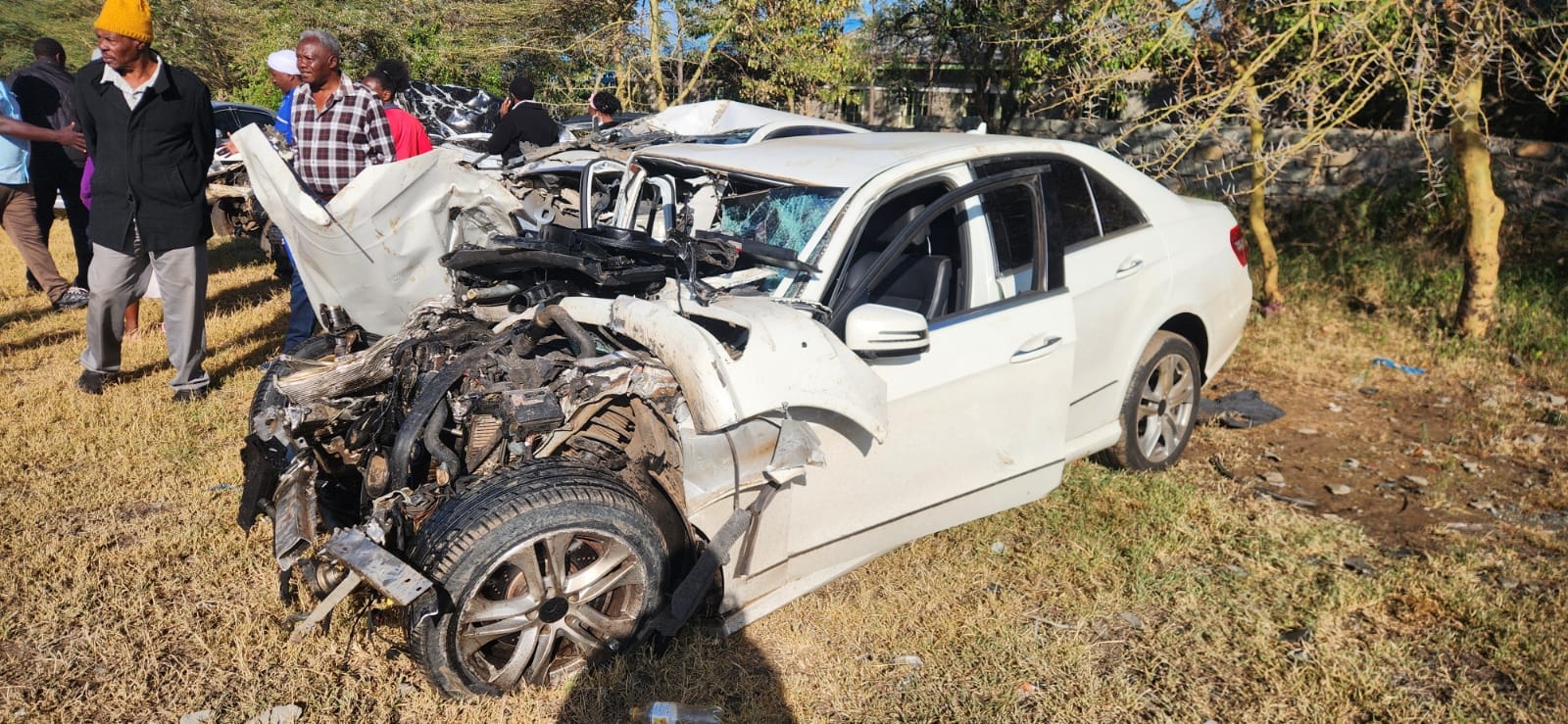
One in
five adolescents in Kenya has experienced four or more Adverse Childhood
Experiences (ACEs), including abuse, neglect, and family instability, placing
them at significantly higher risk of depression, anxiety, and bullying.
A study
led by the Shamiri Institute and the Brain and Mind Institute (BMI) at Aga Khan
University has revealed alarming levels of childhood trauma among Kenyan
adolescents, raising red flags about a looming youth mental health crisis that
is partly linked to broken families due to harsh economic times.
“Childhood
adversity is a public health crisis that threatens the well-being and potential
of our entire generation,” said Prof. Zul Merali, Founding director of the
Brain and Mind Institute.
“Through the need to elevate research-informed solutions that can help Kenyan children not
only survive adversity but thrive despite it.”
According to the report, 23.9
per cent of adolescents who experienced multiple ACEs showed moderate to severe
symptoms of depression while 21.4 per cent showed similar levels of anxiety.
Adolescents with only one
surviving parent had 18 per cent higher adversity scores. Those struggling
academically were 15 per cent more likely to have experienced ACEs.
A strong link between
ACEs and bullying was observed, especially among boys, highlighting
gender-specific vulnerabilities.
Tom
Osborn, Founder and CEO of the Shamiri Institute, is emphasizing the urgency of
systemic change.
“Young
people in Kenya are navigating enormous emotional burdens. As a society, we
can’t afford to look away.”
Another report by Science
Direct shows that family poverty is indirectly and significantly associated
with primary school-aged children’s poor behavioral and socio-emotional
outcomes through caregiver functioning.
According to the study, given
that the middle childhood years are a critical developmental stage in building socio-emotional
skills, family-based interventions supporting family interactions or parental
mental health support may help reduce the negative impact.
Households in the
country, just like elsewhere in the continent continue to feel the heat of a
disrupted economy that was worsened by the aftermath of Covid-19 that saw many
businesses close and millions of rendered jobless.
Counseling psychologist
Maryanne Wamae says that the number of people seeking her services has been on the rise in the past five years, couples seeking to mend fences, young people aged
17-25 and children aged 11-16 years topping the list.
According to Wamae, economic disruption experienced in the past two decades is slowly manifesting in families, with children caught in the melee.
Although
there is no specific report that points out the major cause of dysfunctional
families in Kenya, globally, money is widely known as one of the leading causes
of divorce.
For instance, it is estimated that financial problems contribute to 20-40 per cent of all
divorces.
That means that for every 10 marriages that end in divorce, four of them are because of money. Typically, around 41 per cent of divorced Gen Xers, along with 29 per cent of divorced Boomers state that the reason their marriages ended was due to financial disagreements.
According to Agha Kahn University
Hospital, domestic violence is one of the environmental factors that may
not be physically directed at children within the family but have a direct
impact on them.
It adds that children who witness violence at home
experience mental, emotional and social challenges that predispose them to
mental illness.
“They are likely to be victims of child abuse and or
perpetrators of violence later in their adulthood. The impact of domestic
violence on children is likely to manifest in behavioral challenges, low school
grades, criminal and antisocial behavior,’’ the study presented at the “Adverse Childhood Experiences (ACEs)
The World Health Organisation estimates that 1 billion children aged 12–17 have experienced violence of one kind or another, most of which is perpetrated within the home environment.
It is in this sense that children are often referred to as
silent victims of violence and abuse.
The
report recommends the integration of ACE-10 screening into routine school health
services, alongside the expansion of school-based mental health programmes.
This,
experts say will mark a significant shift in treating childhood adversity not
just as a health concern but also as a barrier to educational achievement and
long-term well-being.
Wangui
Wanjuki, a youth mental health advocate, shared a moving personal testimony
about the long-term effects of unaddressed childhood trauma, calling for more
inclusive, grounded policy approaches.
“I
experienced ACEs in the form of physical abuse, gender-based violence and
parental alienation,” Wanjuki said.
“It is crucial not to create policies in isolation. We must involve those with lived experience to ensure that solutions are not just good on paper, but transformative in practice.”
As
Kenya grapples with rising youth mental health concerns, the BMI–Shamiri
collaboration marks a pivotal step in catalyzing research-driven,
trauma-informed interventions that are responsive to the real experiences of
young people.
Experts
warn that if the situation is not addressed, it is likely to explode into a
national security issue as rebel youths confronted by harsh social economic
issues turn to crime and drug abuse to cope a day at a time.
According to the report,
the overall prevalence of different types of suicidal ideation was 22.6 per
cent, major depression was found in 20 per cent, and affectivity, psychosis and
stress were found in 10.4, 8.7 and 26 per cent, respectively.
Female gender, major
depression, stress, affectivity and psychosis and being in high school were
significant predictors of suicidal ideation.















